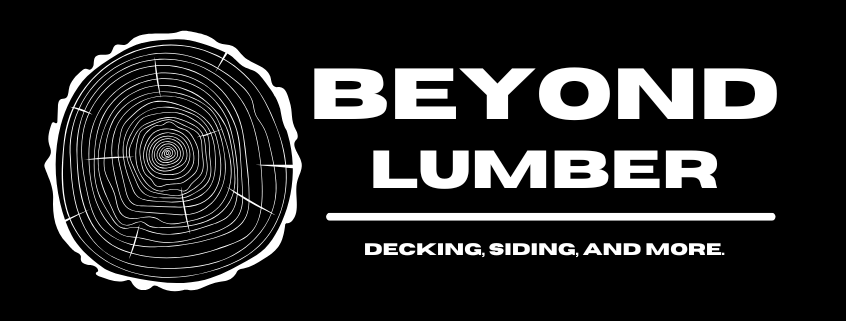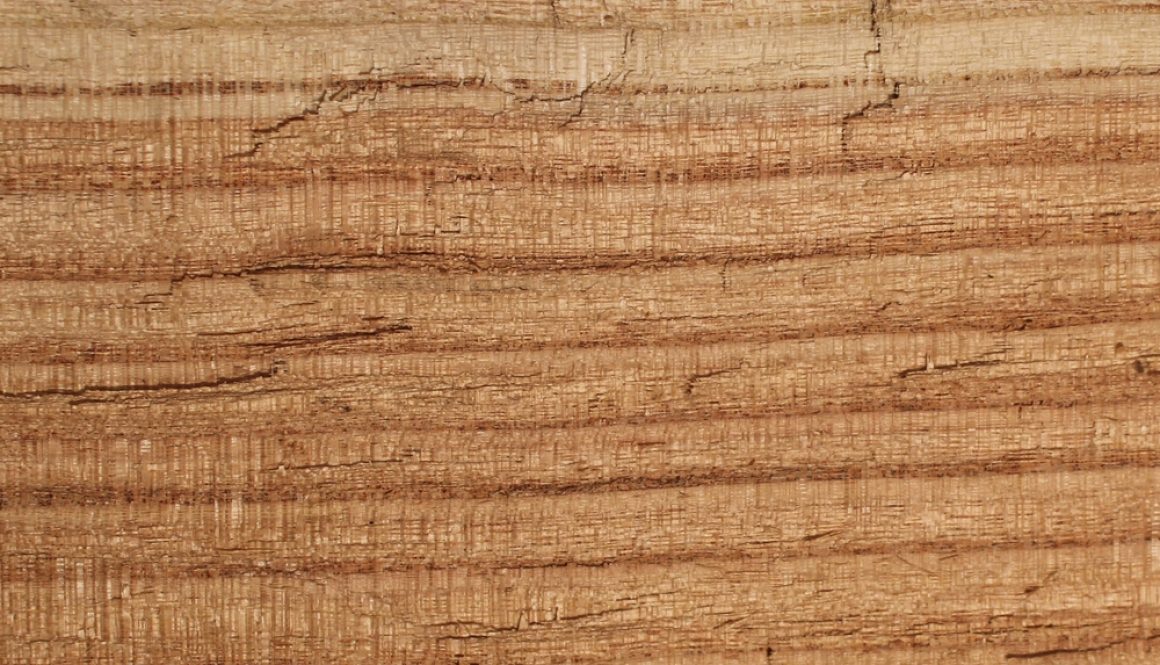Understanding Janka Hardness: Choosing the Right Wood for Your Residential or Commercial Decking Project
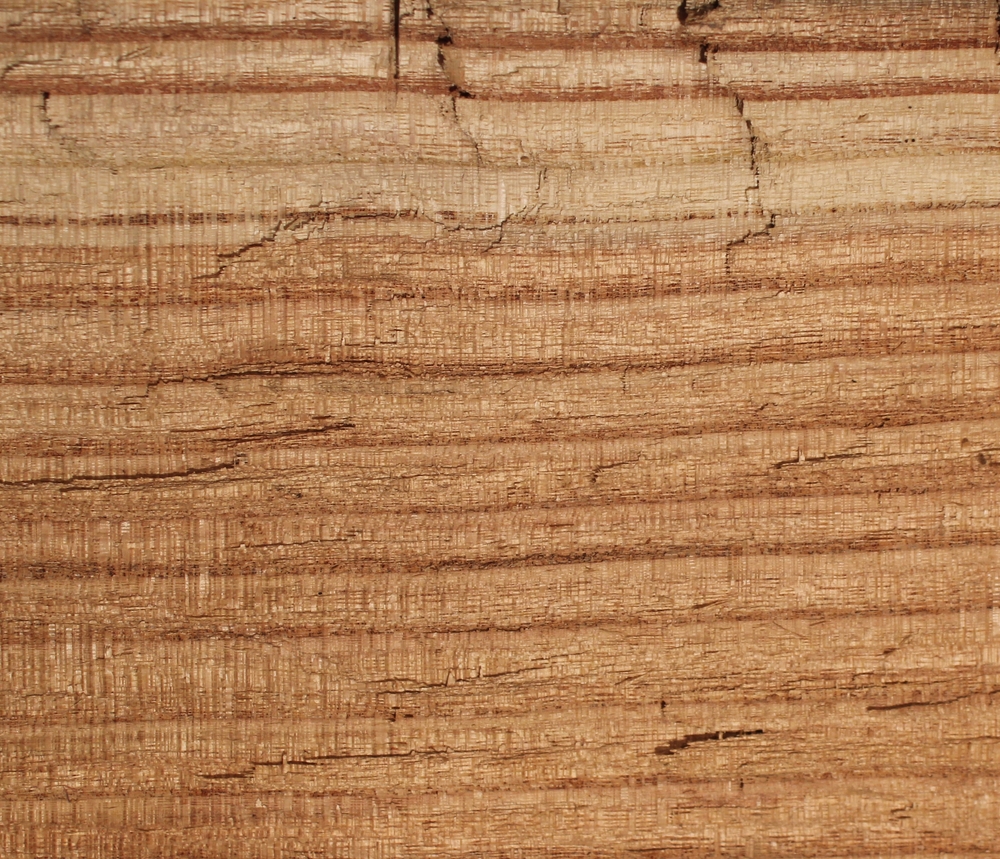
Understanding Janka Hardness: Choosing the Right Wood for Your Residential or Commercial Decking Project
In the realm of woodworking and construction, durability is paramount. When it comes to selecting the ideal wood species for flooring and decking applications, the Janka Hardness scale emerges as a pivotal metric. This scale, which measures the relative hardness of various wood species, aids in determining the wood’s ability to withstand wear and tear, drilling, nailing, and sawing.
Particularly in high-traffic areas, opting for wood with higher Janka hardness ensures longevity and minimizes maintenance concerns. In this guide, we delve into the significance of Janka hardness, its implications for decking applications, and key factors to consider when choosing the right wood for your project.
What is Janka Hardness?
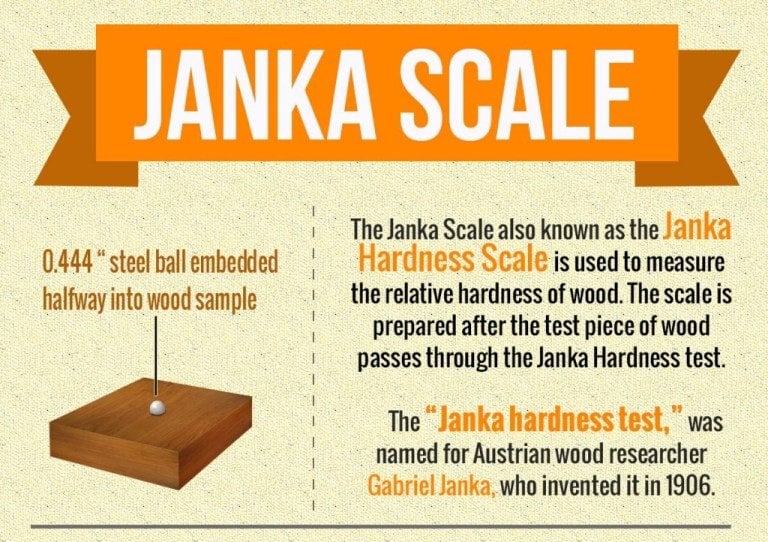
The Janka Hardness Scale serves as an industry standard for evaluating the hardness of both domestic and exotic wood species. For those interested in the science behind it, the Janka Hardness Scale quantifies the force required to embed a 0.444-inch steel ball into the wood to half its diameter. The higher the rating, the harder the wood, indicating greater resistance to dents, scratches, and general wear and tear.
The scale goes from 0 to 4,000, with no woods rated 0. The closer the woods are to zero, the softer and easier to dent and manipulate they are. Conversely, the closer the woods are to 4,000, the harder they are to dent and manipulate. A wood with a rating close to 4,000 would be very scratch and splinter-resistant, which is crucial for decking and flooring applications, as people need to be able to safely walk barefoot.
To put things in perspective, cedar has a rating of 350, redwood has a rating of 450, and ipe has a rating of 3,510.
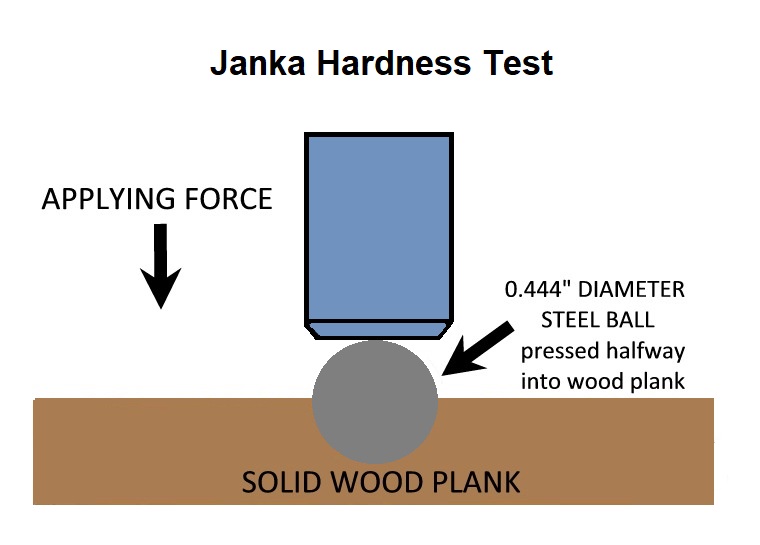
Choosing the Right Wood For Your Decking Project
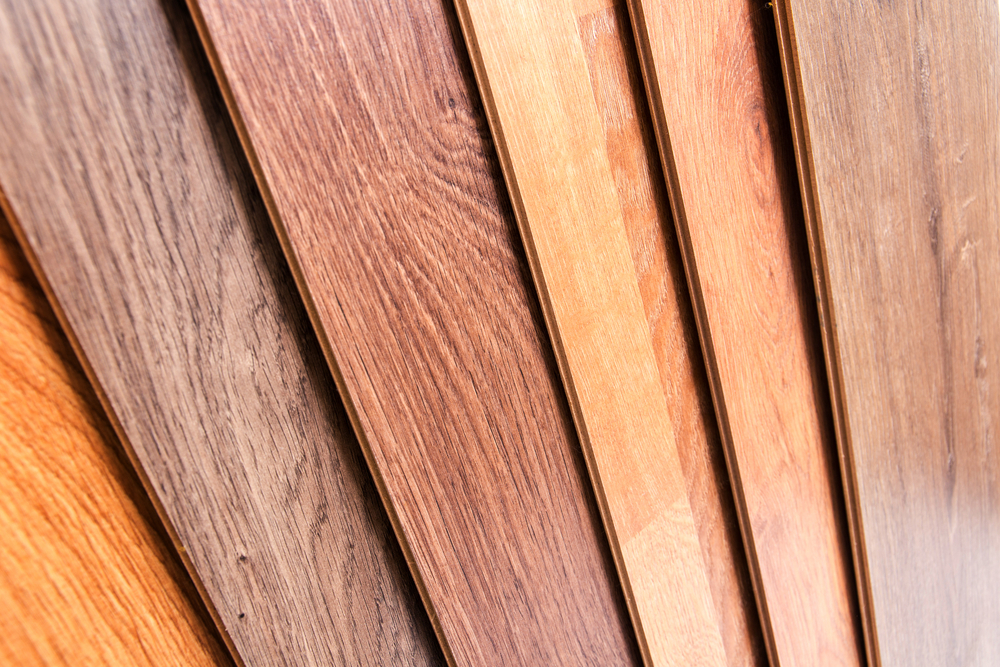
When embarking on a flooring or decking project, you should consider several factors, including the hardness of the wood. As we previously mentioned, high-traffic areas and regions with extreme weather conditions are much better suited for higher-rated woods, because woods with higher Janka ratings are ultimately longer-lasting and have lower maintenance.
For example, the Coney Island Boardwalks in New York have used ipe wood for decades because of ipe’s high Janka rating (3,510). The first time the ipe was installed for the boardwalks, it took 25 years before it had to be replaced—which is a huge feat for a place that receives so much traffic (including garbage trucks several times a week!).
Beyond Janka Hardness ratings, other factors include the wood’s aesthetics (color, grain pattern), cost, installation, and maintenance procedures. We’ll dive into all of these soon!
Tropical Hardwoods and Janka Hardness:
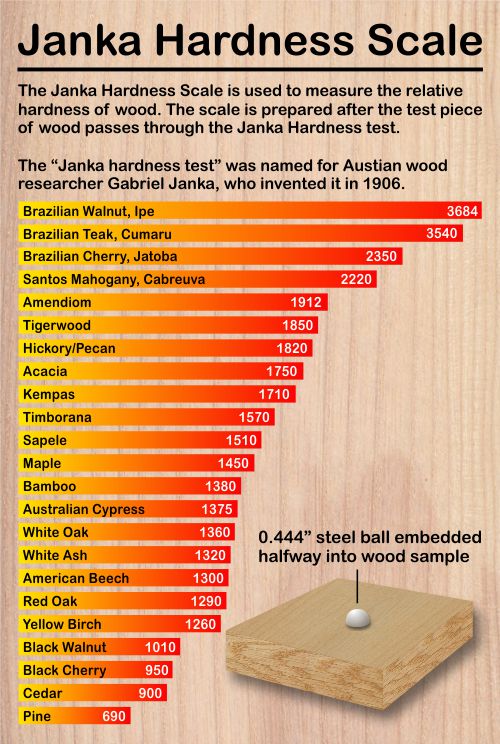
Tropical hardwoods, originally from South America and renowned for their strength and resilience, present a diverse array of options for decking because of their high Janka Hardness ratings. Among these, ipe and cumaru stand out for their impressive Janka hardness ratings—3,510 and 3,330, respectively. This robustness makes them well-suited for high-traffic areas that demand exceptional durability.
What’s great about these, and other, tropical hardwoods is that they’re extremely versatile; While they’re great for decking and pathways because of their exceptional durability, stability, and resistance to environmental threats (i.e., fungus, decay, moisture, rot, termites, etc.), they can also be used in different indoor and outdoor applications, residential and commercial!
Now, let’s delve into additional factors to consider alongside their Janka Hardness ratings. While some factors may correlate closely with these ratings, others are entirely independent of them.
Other Factors to Consider When Choosing a Hardwood:
Aesthetics:
The first factor to take into account is the aesthetics you’re aiming for. Do you have a particular color in mind? Grain? Are you looking for a rich brownish-red color or a yellowish-brown color deck? Do you want a deck with a rougher or smoother grain pattern? This factor is important, as you want to invest in a material that you enjoy looking at and fits your outdoor living space, but it is not related to the Janka Hardness rating at all.
Cost:
Generally, materials with higher Janka Hardness ratings tend to be expensive because they are more resistant to wear and tear. However, other factors such as availability, processing, and market demand also influence the cost of materials, so the relationship between cost and Janka hardness rating may vary.
For example, ipe, a tropical hardwood from South America, is known for its high Janka Hardness rating. Those who are familiar with this species, may automatically think of its expensive cost, either due to past experiences with buying it or because of its high durability. However, ever since COVID, the price of ipe has gone down considerably (nearly by half)!
Installation Procedures, Maintenance, and Longevity:
When considering woods higher up on the Janka Hardness Scale for your backyard deck, it’s essential to hire a seasoned professional with expertise in constructing hardwood decks. Specialized tools and techniques are necessary for the proper installation of harder materials like these.
Without skilled hands at work, although your tropical hardwood deck might initially appear satisfactory, it won’t endure as it should over time. Given the investment involved, thorough research into builders with the requisite experience and knowledge is crucial to ensure your hardwood deck meets the highest standards.
While durable woods can endure decades of use, their long-term resilience isn’t solely dependent on inherent hardness. Proper installation practices and ongoing maintenance are equally vital factors. Neglecting to install the deck correctly or failing to protect it from heavy objects can compromise even the most robust wood.
Regular maintenance, including oiling and cleaning, is essential for preserving the wood’s integrity against daily wear and tear, ultimately extending its lifespan.
Practical Considerations:
While Janka Hardness provides valuable insights into a wood’s resilience, it’s essential to recognize its limitations. Even the toughest wood can succumb to damage from heavy or sharp objects. Moreover, overly hardwoods may pose challenges during installation and maintenance due to their resistance to drilling, nailing, and sawing. Striking a balance between hardness and workability is key to achieving optimal results.
Also, the grain structure significantly influences a wood’s Janka rating, with results varying based on the type of grain tested. The standard flat grain is typically used, but it’s crucial to acknowledge that different grain orientations may yield disparate Janka hardness values for the same species.
Conclusion:
In the realm of flooring and decking, selecting the right wood is a multifaceted decision that extends beyond Janka hardness alone. Brazilian lumber offers an enticing array of options, each with its unique blend of strength, beauty, and practicality.
By understanding the nuances of Janka hardness and considering other relevant factors, you can confidently choose the perfect wood for your project—one that seamlessly combines durability, aesthetics, and functionality, ensuring lasting satisfaction for years to come.
